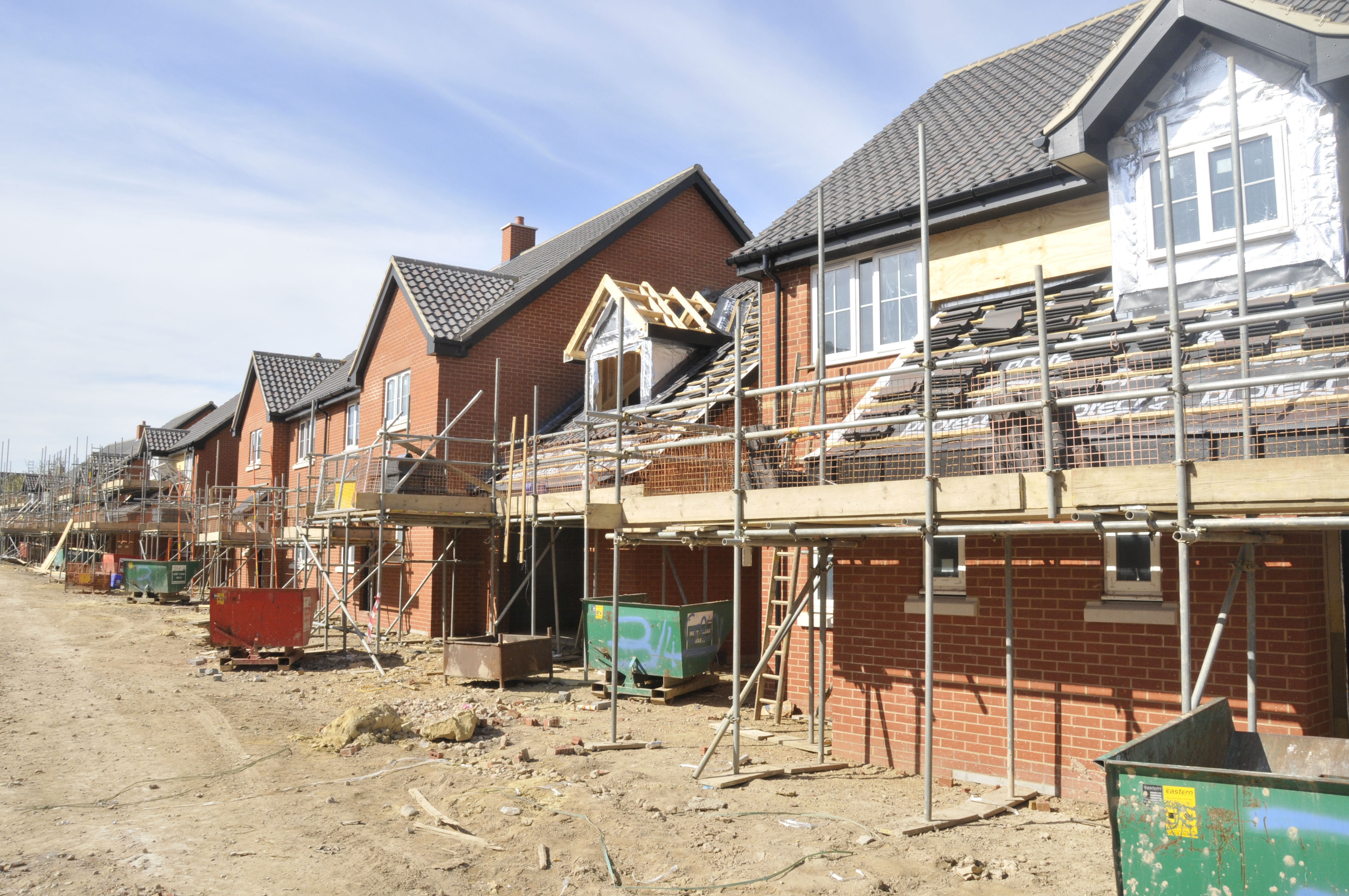By Alan Findlay, on behalf of the Scottish Libertarian Party
October 21, 2025
In my decades navigating real estate in different locations, I’ve seen governments time and again cloak their market intrusions in the guise of compassion. Scotland’s newly passed Housing (Scotland) Bill, effective from October 1, 2025, is no exception. With its “rent control areas” allowing councils to cap increases at CPI + 1% (up to 6%), delayed until 2027, it’s sold as a shield for tenants against greedy landlords. But like with all well meaning socialist policies, this policy will hammer the people it’s meant to help (tenants) hardest—exacerbating shortages, degrading quality, and inflating hidden costs—while ignoring the true culprits: bureaucratic planning restrictions and meddlesome politicians who stifle supply for political gain. Contrast this with a truly free market, where voluntary exchanges between landlords and tenants drive abundance. Without caps, rents reflect real supply and demand: high prices signal builders to construct more, competition forces improvements, and tenants benefit from choice and falling costs over time. It’s a self-correcting system that rewards innovation, not one that punishes participants with arbitrary edicts. Yet Scotland’s bill doubles down on intervention, dooming renters to the very hardships it pretends to prevent. Let’s dissect the downsides for tenants, expose the real bad actors, and highlight how planning red tape is the root of our housing woes.
1. Endless Queues and Scarcity: Tenants Left Out in the Cold
For tenants, rent controls promise stability but deliver desperation. By freezing rents below market levels, the bill discourages new investment and prompts landlords to withdraw properties—selling off, converting to short-term lets, or simply letting them sit empty. We’ve seen this since the interim 3% cap: a exodus of stock, with projections of 10-15% fewer private rentals in Edinburgh and Glasgow by 2027. Tenants face brutal waiting lists, bidding wars for subpar units, and black-market surcharges to jump the queue. Families cram into overcrowded spaces, young professionals delay life milestones like marriage or kids, and vulnerable groups—low-income workers, immigrants—end up in precarious, unregulated sublets or homelessness. In a free market, it’s the opposite: Unfettered supply responds dynamically. High rents lure developers, flooding the market with options and naturally lowering prices through competition—as in deregulated U.S. cities like Houston, where abundant building keeps rents 20-30% below controlled peers. But Scotland’s planning restrictions are the silent saboteurs here: Draconian zoning laws, green belt protections, and endless council approvals block new builds, creating artificial scarcity that inflates prices before controls even kick in. Who are the real bad actors? Not landlords providing homes, but statist bureaucrats and politicians who hoard land like feudal lords, prioritizing “preservation” over people’s needs. From a libertarian view, these gatekeepers are the true villains, using regulations to curry favor with NIMBY voters while tenants suffer the fallout.
2. Crumbling Quality: Tenants Trapped in Decay
Tenants will bear the brunt of deteriorating homes under controls. With returns capped, landlords skimp on maintenance—why invest in upgrades when profits are razor thin? Expect rising reports of mold, leaks, and faulty heating, as seen in the transitional phase where PRS upkeep trails social housing by 15%. Health suffers: Respiratory issues spike, mental stress mounts, and repair delays force tenants to foot bills themselves or endure squalor. The bill’s mold crackdowns? Toothless without landlord incentives, leaving renters in a cycle of complaints and neglect. A free market flips this script: Competition compels quality. Landlords vie for tenants with modern amenities, energy-efficient upgrades, and swift fixes—boosting satisfaction and long-term affordability, as in Buffalo where deregulation spurred 7% yield growth and 5% vacancy drops through voluntary improvements. But planning hurdles exacerbate the mess: By limiting new, high-standard builds (e.g., blocking urban densification), governments force reliance on aging stock ripe for decay. The bad actors? Crony regulators who entrench monopolies for favored developers, while libertarian principles demand we dismantle these barriers to let entrepreneurs flood the market with superior, affordable options.
3. Hidden Costs and Stunted Lives: Tenants Pay More in the End
Controls mask but magnify costs for tenants. Sure, nominal rents stall, but scarcity drives up “key money” bribes, longer commutes from affordable outskirts, or premium payments for exempt new builds. Consumer spending tanks as housing gobbles 40% of incomes, stifling economic mobility. Jobs in construction plummet (down 8% since 2022), hitting working-class tenants
hardest, while the two-tier market favors the wealthy who snag premium spots.Free markets deliver genuine relief: Supply surges temper prices organically, as Estonia’s post-Soviet deregulation slashed rents 30% via unchecked building. No hidden fees—just transparent, falling costs from abundance. Planning restrictions, however, are the core hindrance: They cap supply at 20-30% below potential, per our party models, inflating everything. Libertarians finger the real culprits: Politicians peddling controls for votes, abetted by interventionist ideologues who demonize markets while their policies create the crises. These state actors, not free-enterprising landlords, are the predators preying on tenants’ plight for power.
Unshackling Scotland: A Libertarian Path Forward
Scotland’s rent controls will trap tenants in scarcity, squalor, and stealthy expenses—history’s verdict on such schemes is unanimous. By 2027, the PRS could shrink further, worsening the housing famine these laws purport to cure. The free market, unhindered, offers the antidote: Abundance through deregulation, where tenants thrive via choice and competition.But first, smash the
planning shackles—abolish zoning straitjackets, land taxes, and bureaucratic vetoes that favor insiders over individuals. The Scottish Libertarian Party calls for this revolution: Free the market, expose the state as the true oppressor, and empower Scots to build their futures. Tenants deserve better than paternalistic pitfalls—join us for liberty’s promise.
Alan Findlay is a staunch advocate for the Scottish Libertarian Party’s vision of unregulated prosperity. Views are rooted in libertarian truth.



Leave a Reply